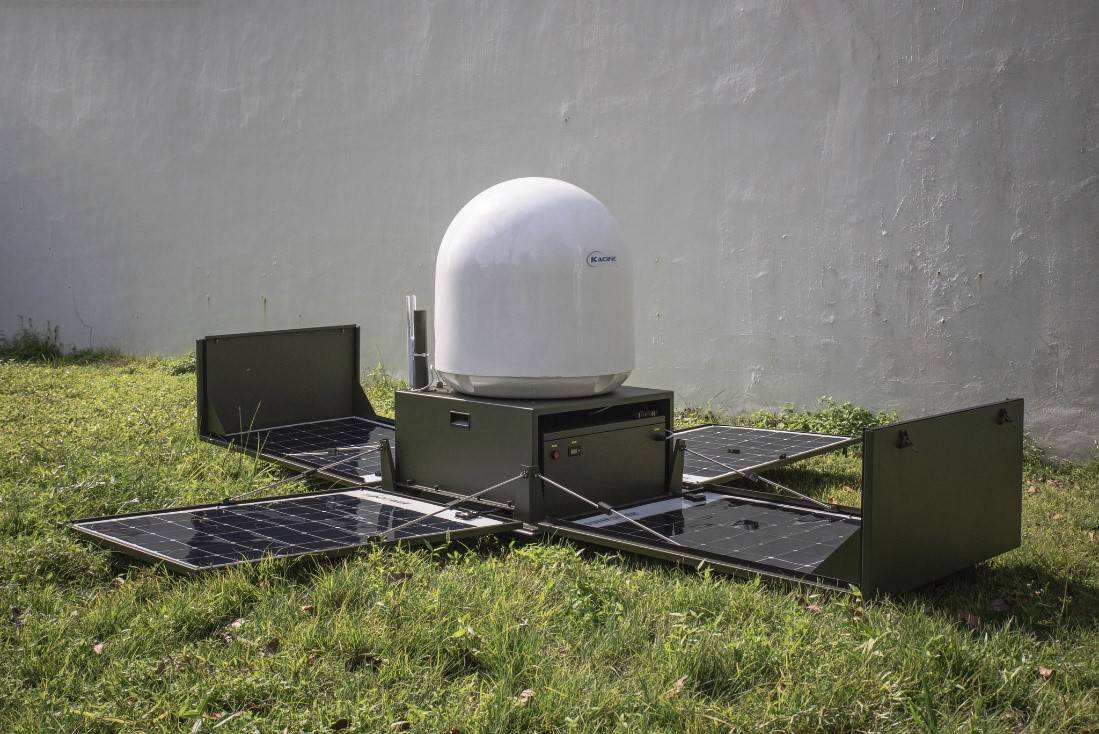Deep below the Pacific Ocean, the crusts of the earth’s tectonic plates meet in a ring: The Pacific Ring of Fire. Responsible for creating 75% of the earth’s volcanoes and 90% of the earth’s earthquakes, The Ring of Fire has unleashed some of the planet’s most violent seismic events, causing loss of life and widespread infrastructure damage across the Asia Pacific.
Major weather events also contribute heavily to the need for disaster planning in the region. In December 2021, Typhoon Odette injured nearly 1,400 people and killed 405 people. Aids teams struggled to reach cut-off communities with roads unpassable due to debris and flooding. There was widespread damage to utilities infrastructure, leaving regions without electricity, internet, and phone lines, which took weeks to repair.
Since 1970, Asia and the Pacific have accounted for 57 percent of global fatalities from disasters and 87 percent of the total global population affected by natural hazards. These disaster risks create a need for robust resilience planning at a Governmental level, particularly how they will equip and prepare their civil defence, emergency services, and military personnel to provide aid and relief.
Christian Patouraux, founder and CEO of Kacific Broadband Satellites Group, experienced one of the region’s most deadly tsunamis in recent times: the 2004 Boxing Day (or the Indian Ocean) Tsunami impacted coastal communities in Indonesia, Sri Lanka, India and Thailand.
Christian was on a small island where the death rate hit 50 percent. After the impact, two mobile towers operated on battery for an hour and a half, and then all communication ceased. The entire island was shut off from the rest of the world. People were severely wounded and needed emergency evacuation. There was also an urgent need for food, water, and sanitary infrastructure.
Fast-forward almost 20 years, this experience has stayed with Christian. It has informed the design of CommsBox: a transportable, all-in-one satellite communications product designed to provide instant connectivity in disaster zones.
The CommsBox container is made of aluminium alloy, which is salt, water, and fire-resistant. It is designed for civil defence and emergency relief personnel to safely airlift or ship into a disaster zone and be incredibly user-friendly, removing the barriers to instant connectivity.
On the ground, it takes just minutes to open the box and pressing two simple buttons, to activate the satellite antenna to produce a Wi-Fi access point. The small auto-pointing satellite antenna inside connects to a pre-configured modem and satellite electronics. Once connected, users can connect with unlimited data with speeds of up to 50Mbps to reach first responders and communicate with their loved ones. A user tablet is included so the user of the CommsBox can begin communicating within minutes of its touchdown. The unit is solar-powered, which means there’s no reliance on electricity lines commonly damaged in natural disasters.
It took the Kacific team around two years to develop the final version of the CommsBox, after building multiple prototypes. A major challenge was to streamline the design to provide the simplest experience for the end-user to deploy. They’ve produced a piece of satellite equipment that requires no training to use – just the understanding of how to use a tablet or device. Constructed by suppliers with a background in building military equipment, the product is robust and can meet challenging environmental demands.
With many island nations and mountainous regions, Asia Pacific’s geography adds an extra challenge for coordinating rescue and relief. Disaster communications systems currently include radio, satellite phones, landlines, and increasingly social media apps that rely on a cellular network. However, ground-based technology is often destroyed or left without power in disaster events.
Kacific’s solution is absolutely unique. The CommsBox provides the civil defence with a communication solution that does not rely on local ground-based technology. There are three ground stations for the Kacific1 satellite, located at three different sites, ensuring the satellite network will continue to function even if one site is damaged.
Unlike radio or phones, the Wi-Fi access point allows relief teams to use multi-media communications, including images to convey the needs of the area to central relief operations. It also allows them to use any cloud-based software or databases for coordination and logistics.
To combat the possible overload of networks, as citizens rush to contact family and friends, the CommsBox antenna has been set up with a first-priority connection.
On 20 December 2021, a volcano eruption on Hunga Tonga–Hunga Ha’apai broke the Tonga Cable System, leaving many without internet access and a means of communication. While Kacific had 50 existing VSAT terminals ready in Tonga and was able to rapidly deploy internet connectivity within days to connect remote communities and enterprise customers, and aid recovery, it further exacerbates the need for a disaster response product like CommsBox, which can provide instant Internet access for first aid communications.
During Category-5 Cyclone Harold, Kacific worked with the ITU to boost the capacity in Vanuatu and provide a reliable communications network. Kacific and ITU provided equipment, such as Very Small Aperture Terminals (VSATs), and a Community WiFi service, to provide crucial connectivity and help relief efforts after normal network coverage was wiped out.
The Asia-Pacific region is extremely vulnerable to natural disasters and will continue to face the threat of worsened climate change. Self-contained disaster recovery systems like the CommsBox can work a long way in helping the region’s large, growing populations to respond more effectively to disasters in a riskier world.

